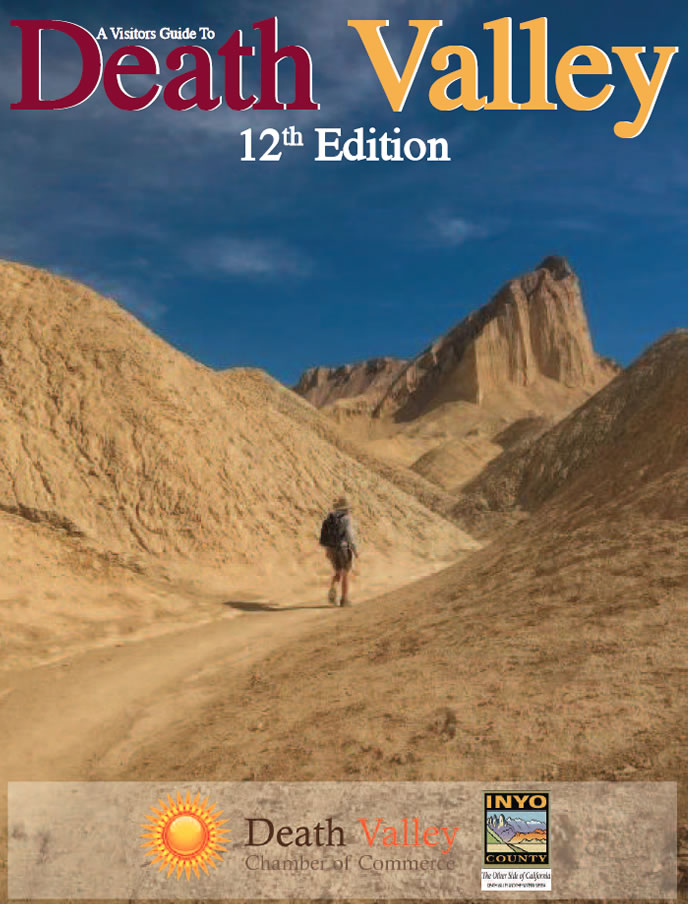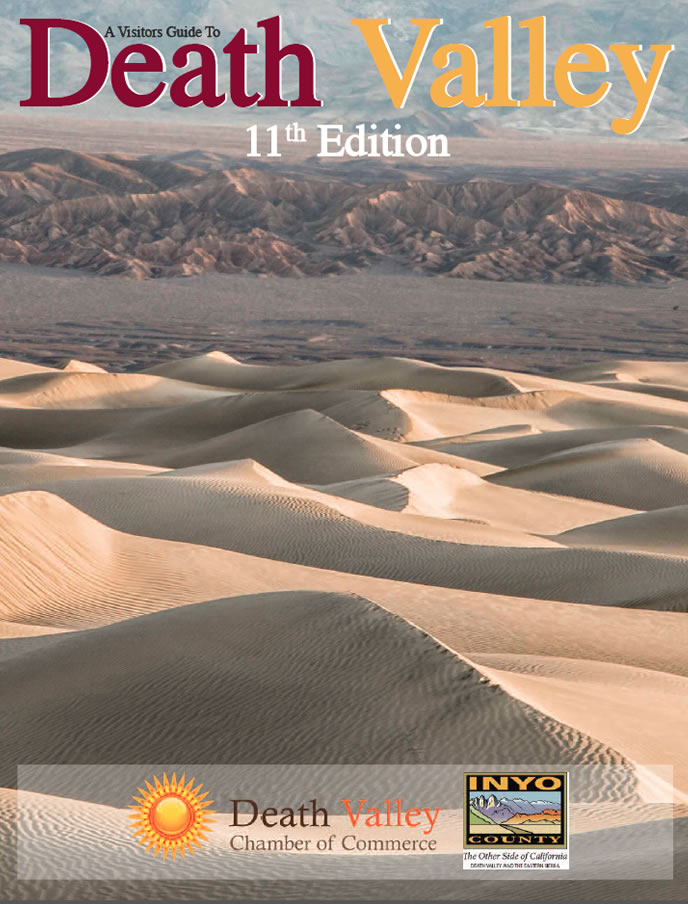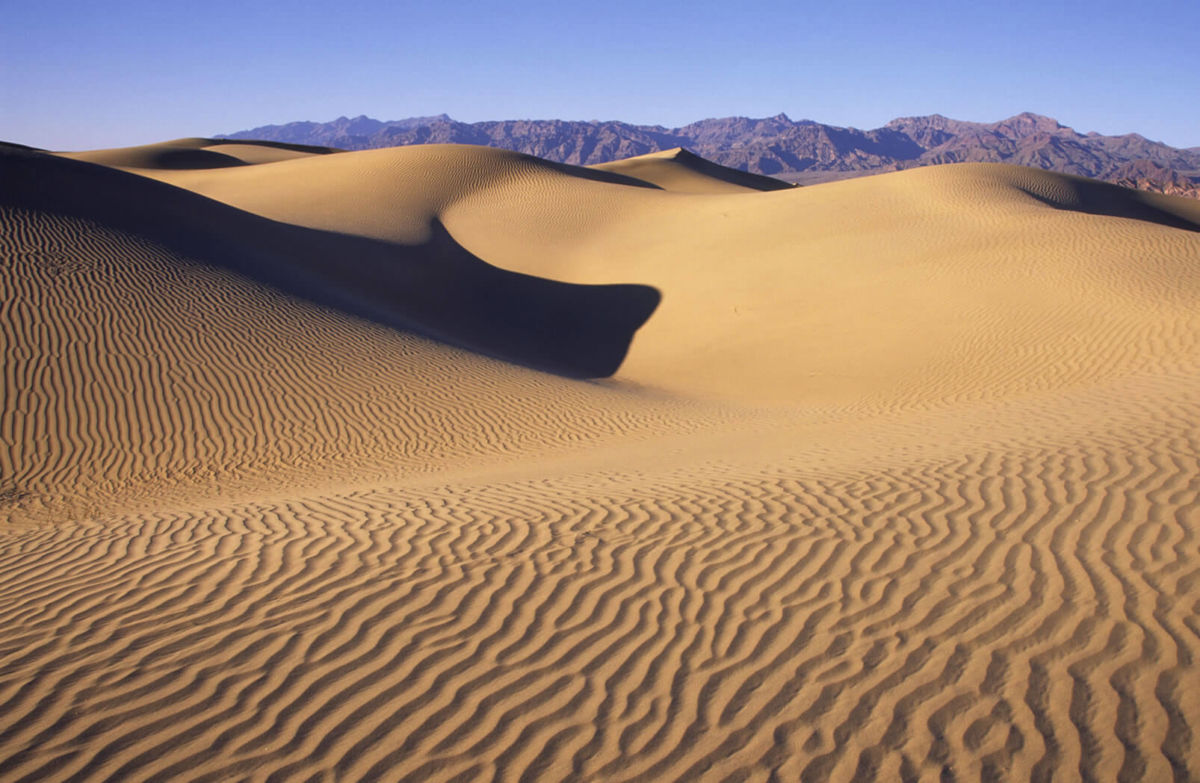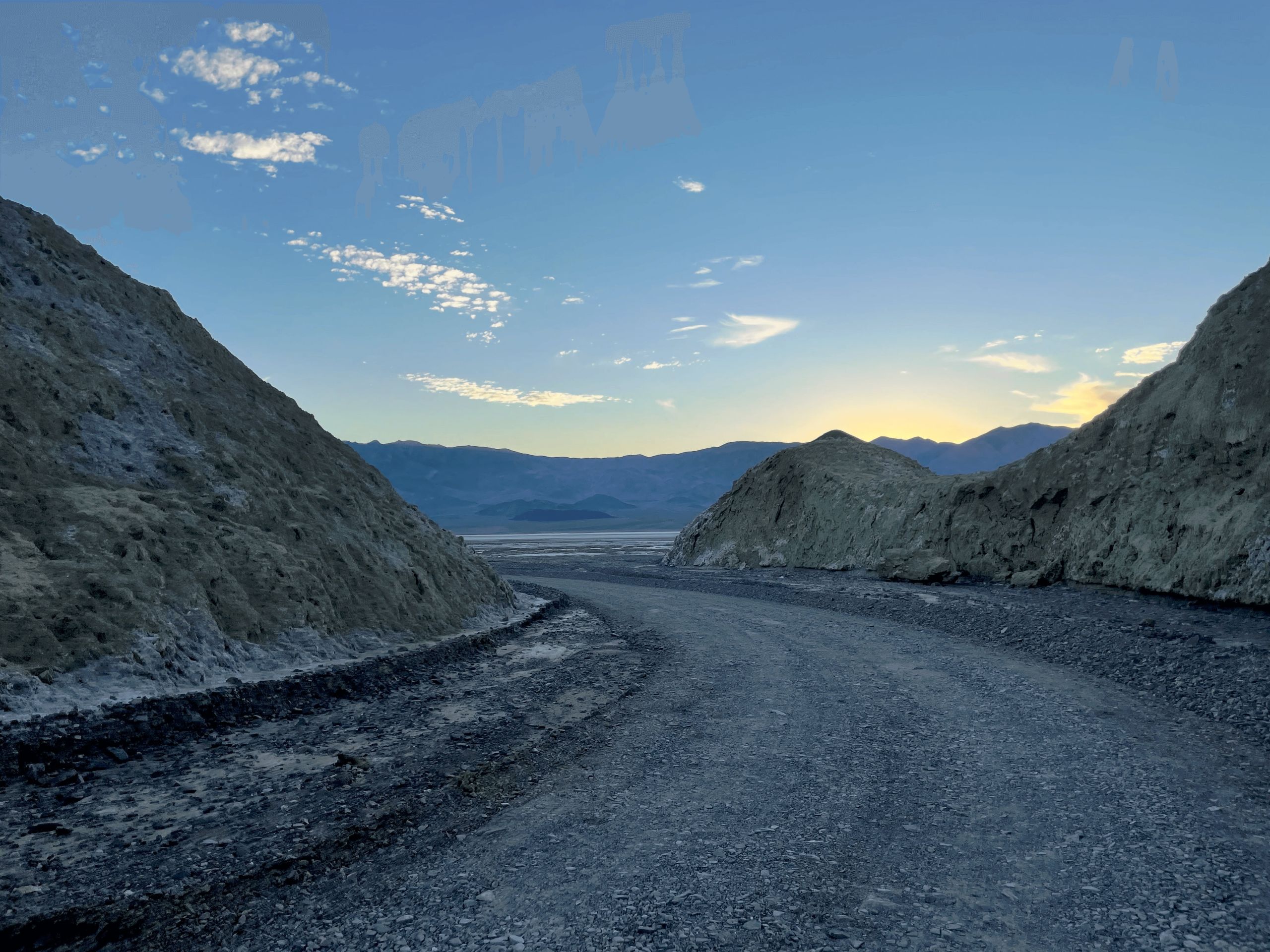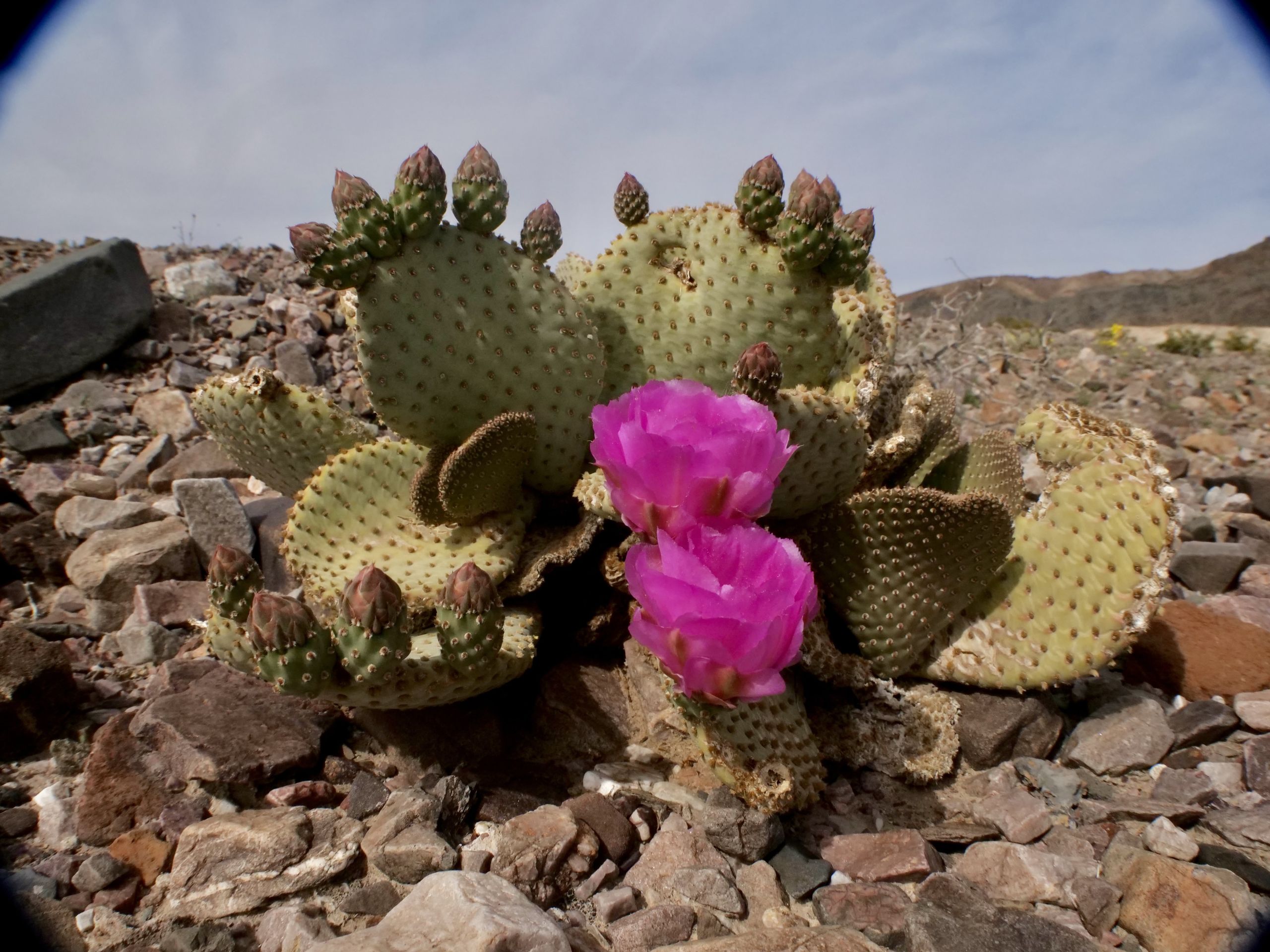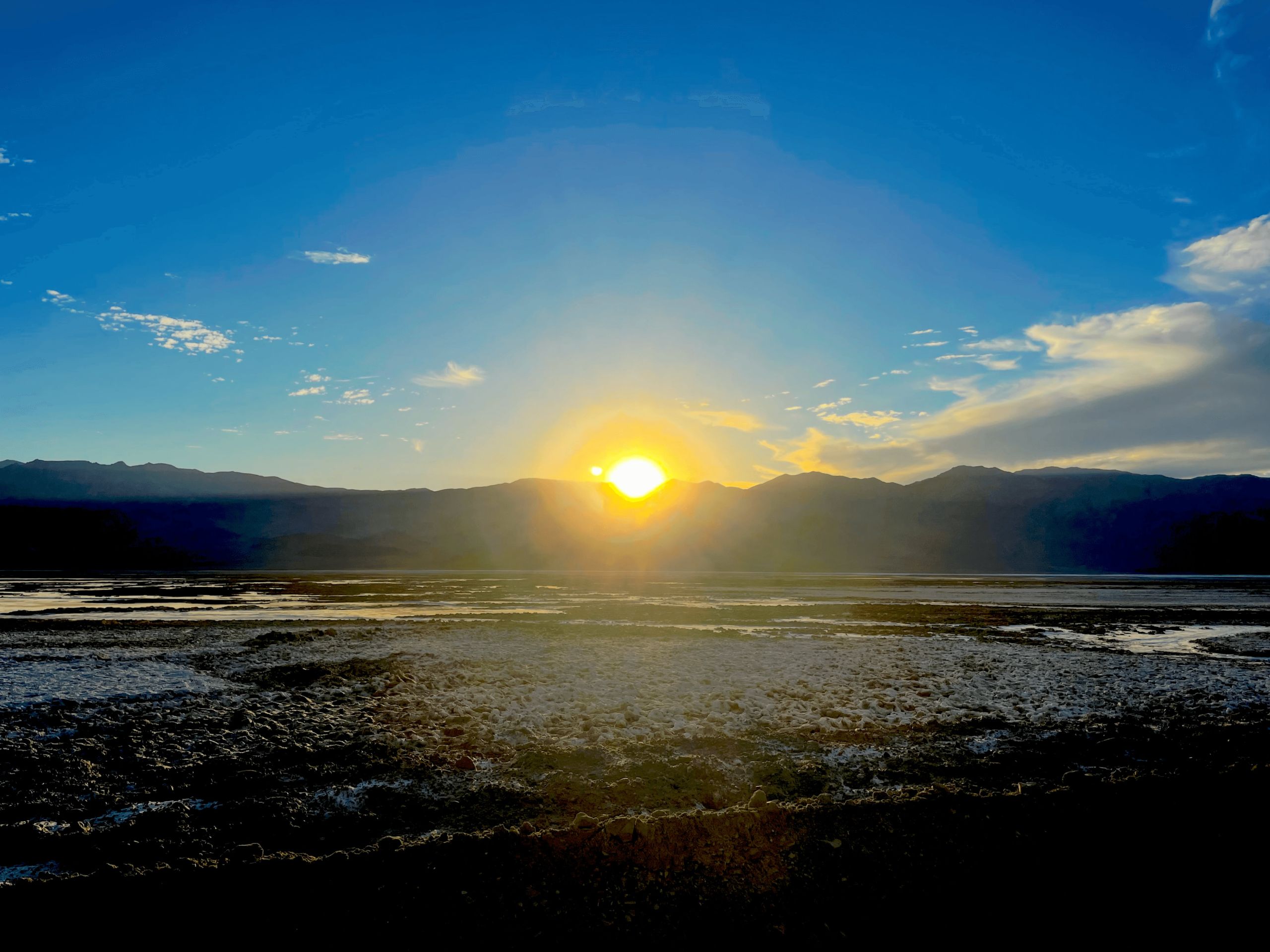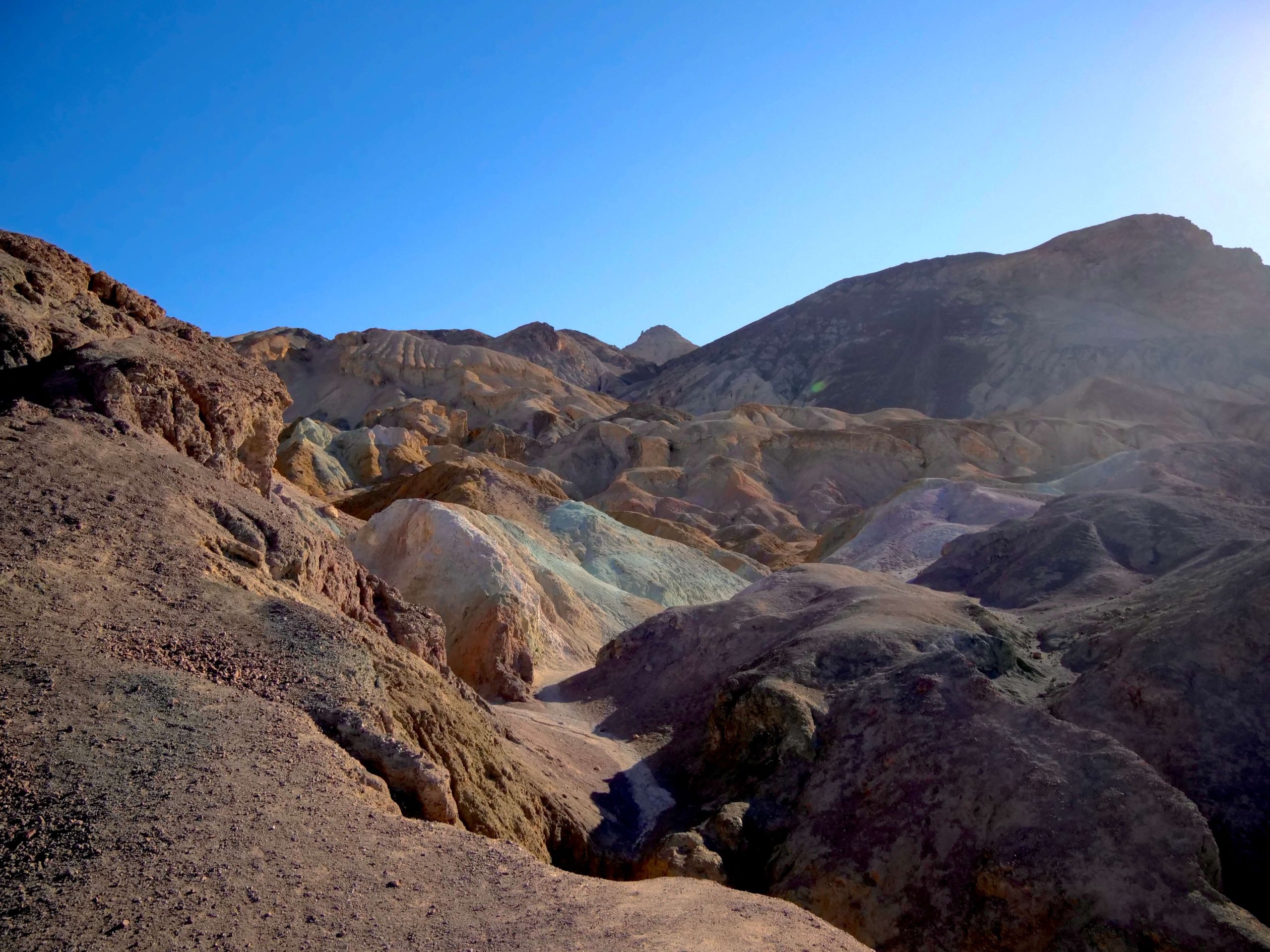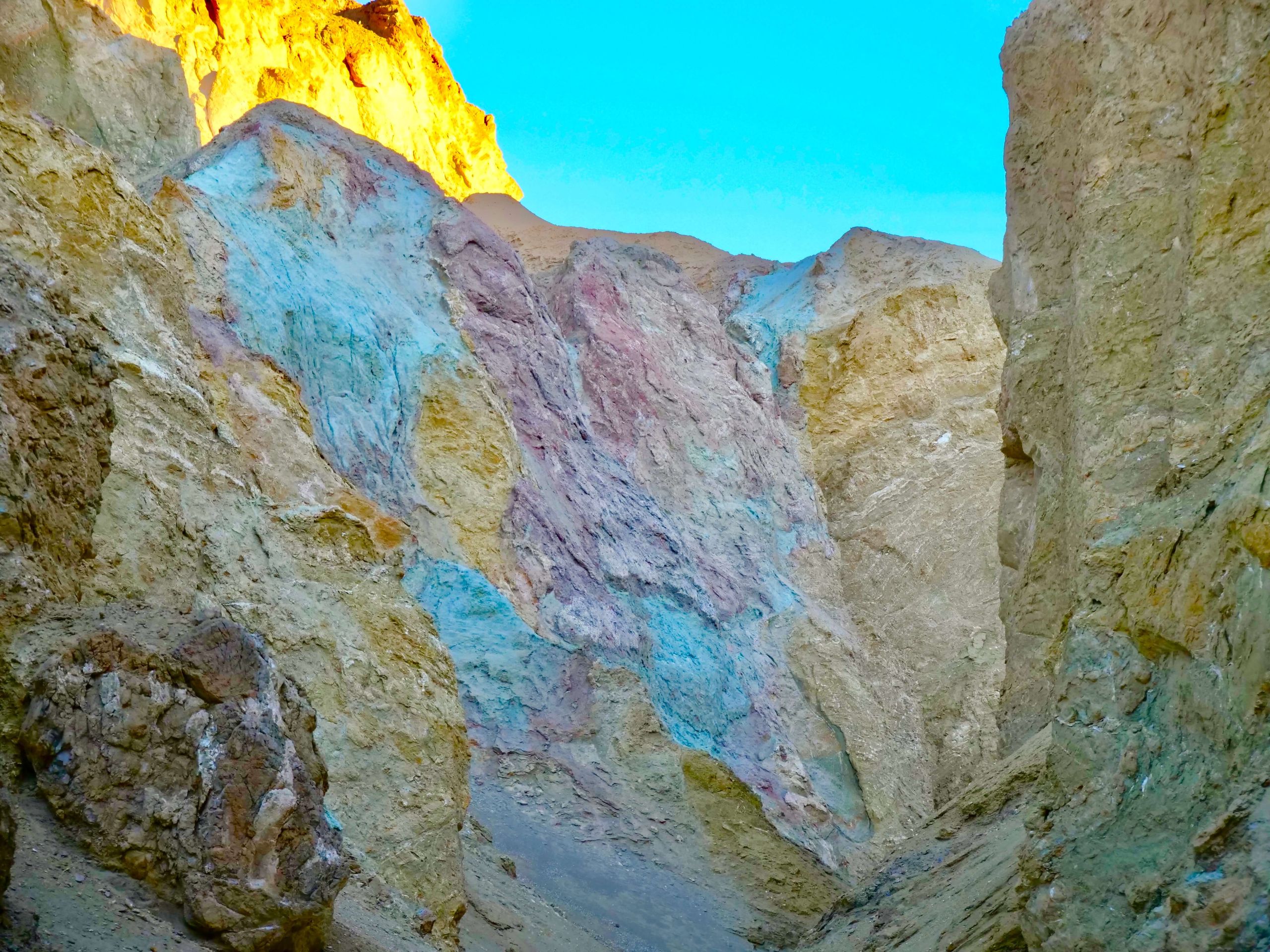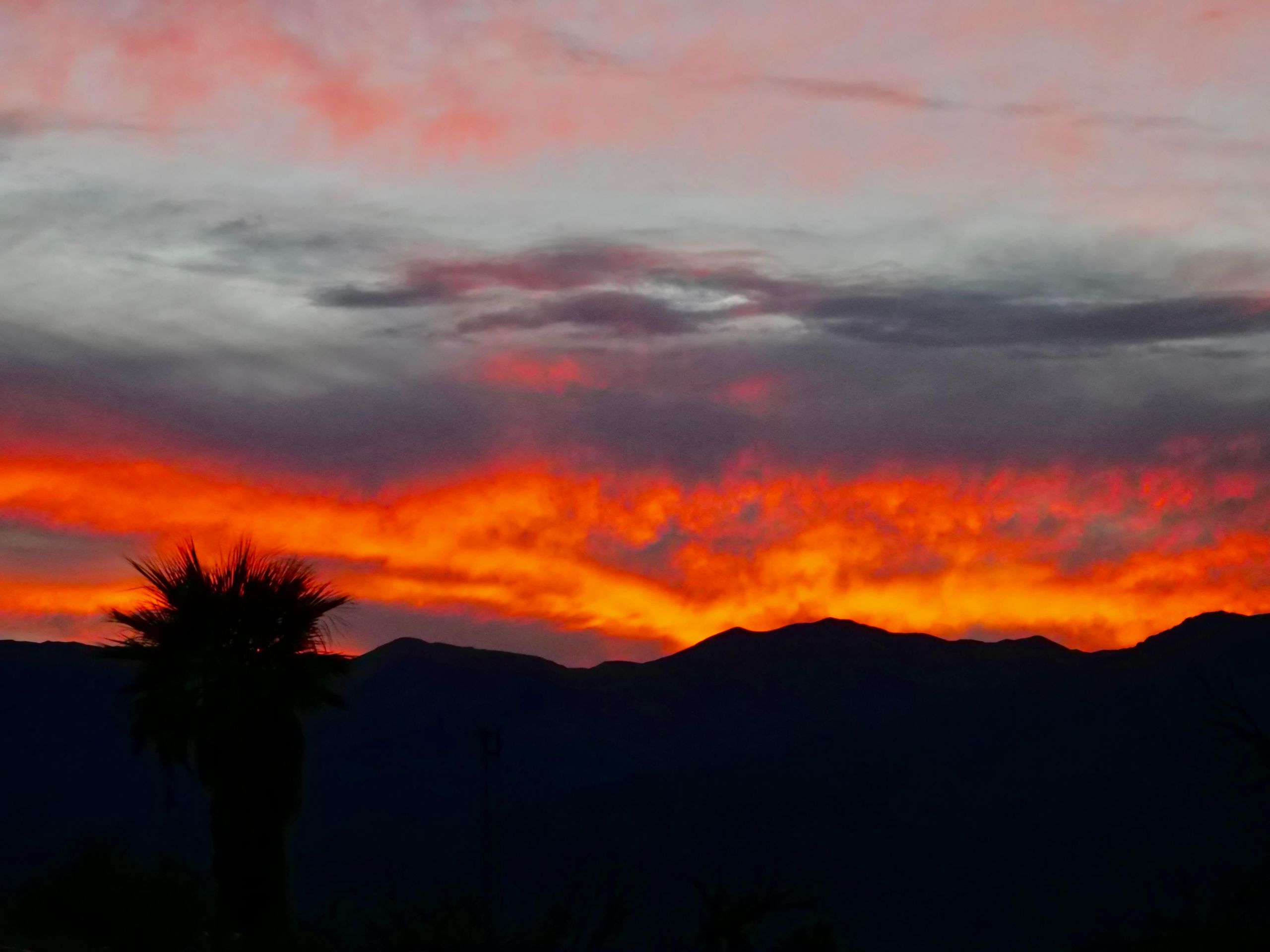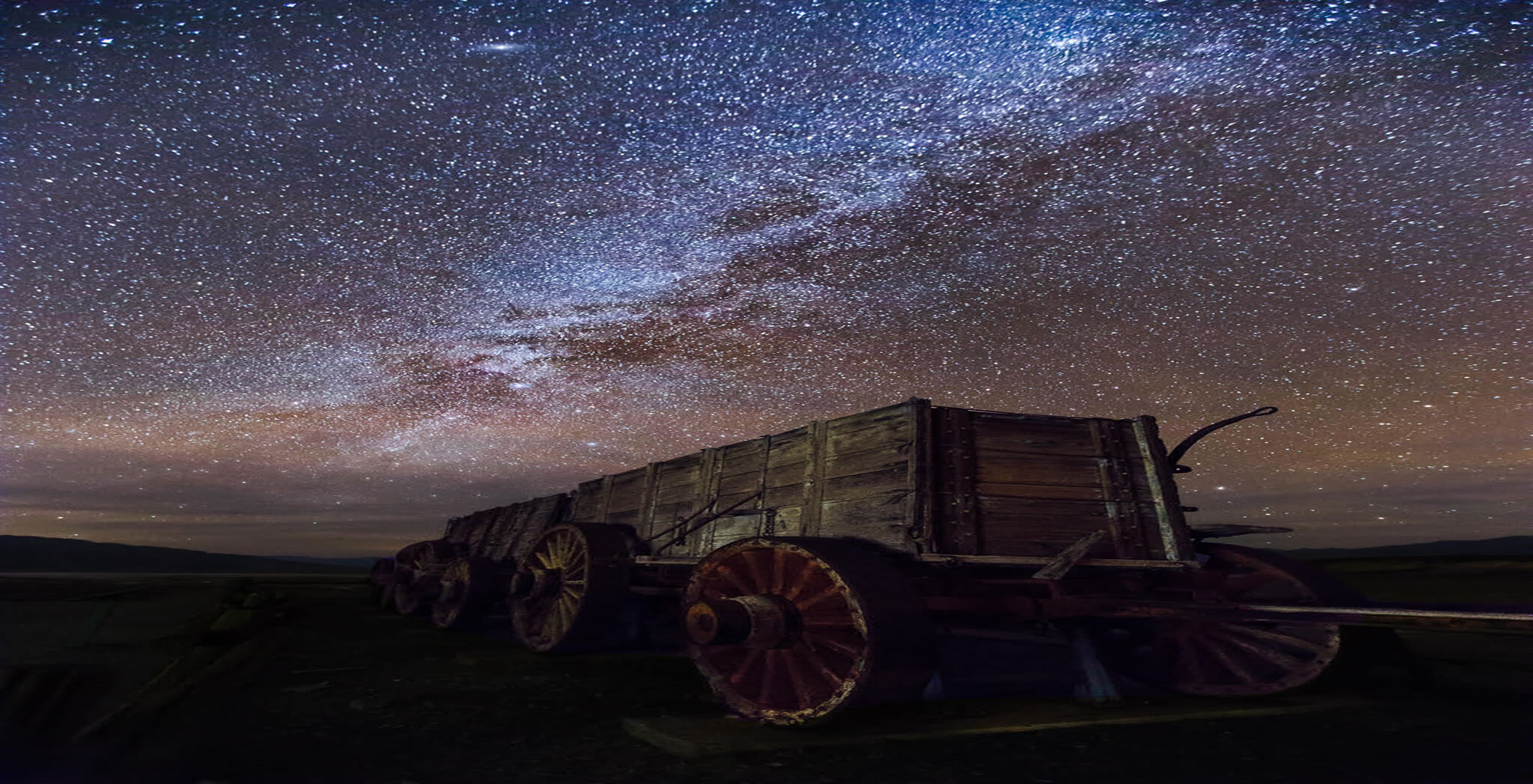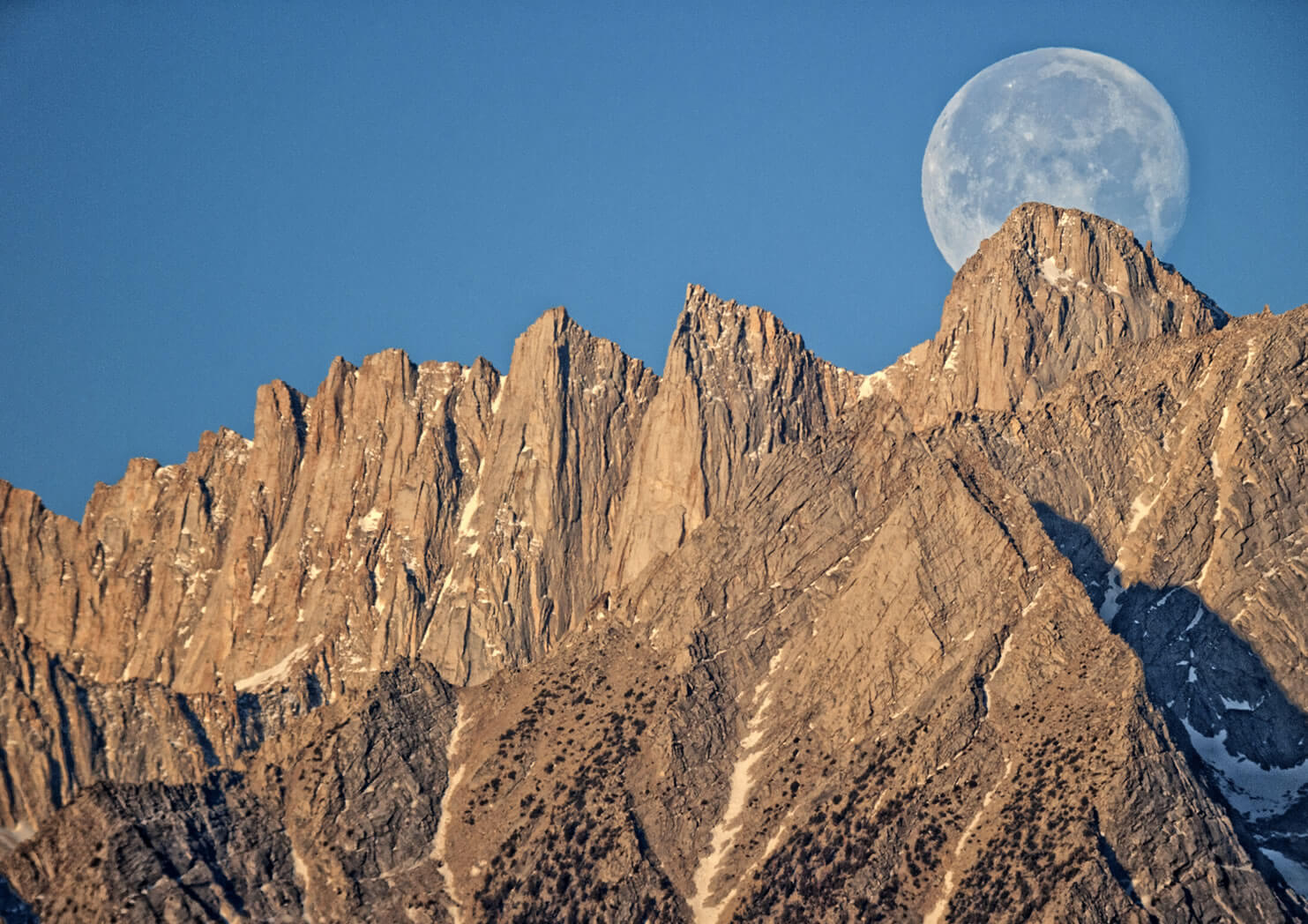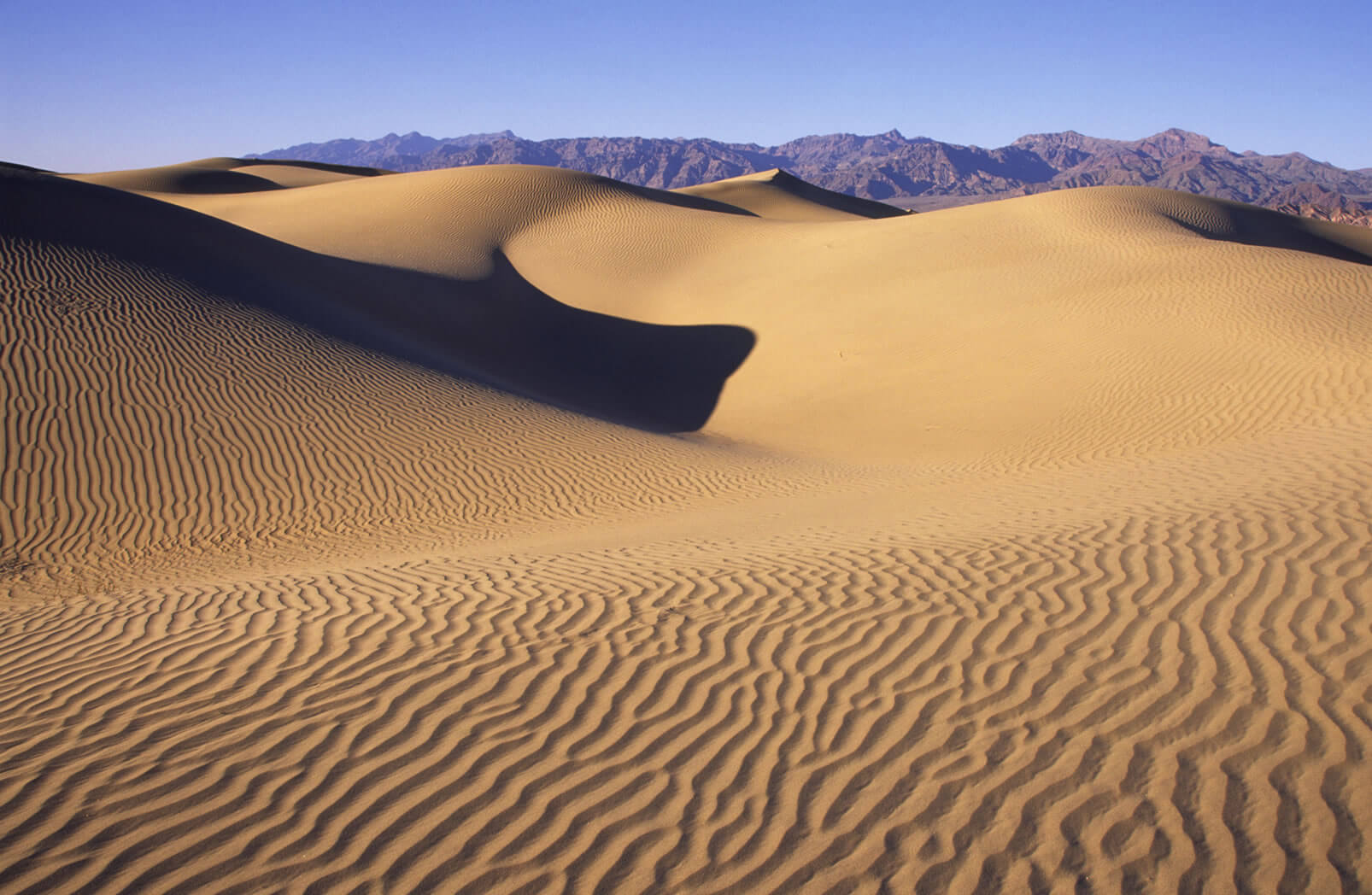Death Valley Itineraries
Always begin your Death Valley adventure at the Furnace Creek Visitor Center for the latest park information and safety updates.
Wilderness & Beyond
If you’re seeking a true wilderness experience, Death Valley delivers! 90% of the park is designated wilderness, often starting just 50 feet from most roads. Park safely and explore a nearby side canyon or interesting feature. For more remote adventures:
- Hiking: Consider Cottonwood Canyon, Telescope Peak, or Corkscrew Peak. Note: Most require high clearance, and 4WD is preferred to reach the trailheads. These locations are truly remote with little to no cell service. It’s highly recommended to travel with other vehicles and inform someone of your route and plans.
- Backcountry 4×4: For vehicle-based exploration, try Chloride Cliff Road. For more technical 4×4 routes, look into Mengel Pass or the unmaintained Lippencott Road (between The Racetrack and Saline Valley). These areas also have minimal to no cell coverage; travel in groups and share your itinerary.
- Non-Wilderness Retreat: If rugged adventure isn’t your style, relax by the pool at Furnace Creek Inn, Furnace Creek Ranch, or Stovepipe Wells. A Death Valley sunset from the veranda at Furnace Creek Inn with a Prickly Pear Margarita is an experience in itself!
A Land of Extremes
Death Valley lives up to its superlatives: Hottest, Driest, Lowest, and Biggest. If you want to experience this theme:
- Summer Visit (Late July/Early August): Just driving into the park checks off visiting the Largest National Park in the lower 48 states.
- Lowest & Hottest: Head to Badwater around 2 PM for the full effect. At -282 feet below sea level, it’s the Lowest point in North America, and temperatures can easily hit 125 degrees.
- Driest: There’s a good chance there will have been no rain since February, and humidity can hover around 7%. Get back in your car, crank the AC, and drink water!
- Highest: For the ultimate contrast, it’s a two-hour drive from Badwater to the base of Mount Whitney, the Highest mountain in the lower 48 states. A hike to the summit takes you from -282 feet to 14,505 feet, with temperatures often 60 degrees cooler!
Comfortable Summer Visits
Despite the heat, a summer visit to Death Valley can be very comfortable. The secret? Go high! Take Emigrant Canyon Road to cooler elevations:
- Skidoo Ghost Town (5,700 ft)
- Aguereberry Point (6,433 ft)
- Wildrose Peak Trail (6,000 to 8,010 ft)
You can camp at Wildrose (4,170 ft), Thorndike (7,460 ft), or Mahogany Flats (8,160 ft – the latter two are tent camping only).
10 Tips for Visiting Death Valley
These guidelines cover some of the most important considerations to keep in mind.
Death Valley Wellness
Death Valley NP and Ash Meadows NWR, with their vast open spaces and serene landscapes, offer a unique escape from daily stress.
Photography Guide to Death Valley
Death Valley, a land of extremes, offers photographers a unique opportunity to capture dramatic landscapes, shifting dunes, and expansive salt flats.
Borax: Death Valley’s White Gold
Borax is a simple, white mineral that has played an extraordinary role in shaping the history and development of the Death Valley region.
Geological Wonders of Death Valley
Walk through a maze of eroded badlands, where stratified sediments display a stunning array of colors and textures.
Death Valley One Day Itinerary
Prepare for an exciting, action-packed day in Death Valley National Park that will keep you moving from dawn to dusk!
Stargazing Spots in Death Valley National Park
Whether you’re a first-time visitor or a seasoned stargazer, these three locations provide some of the best opportunities to witness the stars, planets, and constellations.
INYO: Land of Extremes
Inyo County Offers 14,000-Foot Peaks, Death Valley, Glaciers, Fishing, [...]
